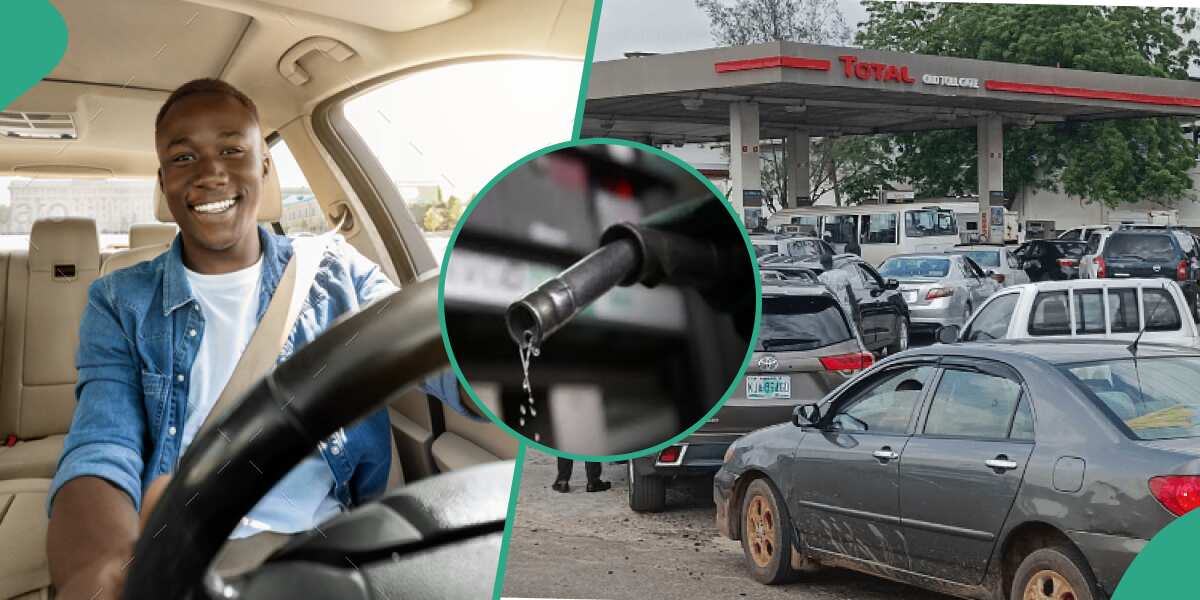The persistent petrol scarcity and escalating pump prices have compelled numerous car owners to limit their outings with their vehicles.
Adhering to these tips by Mobil can efficiently decrease your fuel usage, save your money, and contribute to fostering a more sustainable and economical driving routine.
Underinflated tyres create greater rolling resistance while driving. This increased resistance leads to more friction and higher fuel consumption with each kilometre travelled. If your tyres are underinflated by 10 psi, your fuel efficiency could decrease by as much as 10%.
If you tend to store various items in your trunk along with essential emergency supplies, reconsider what you keep there. Every additional 50kg of weight your car carries can increase fuel consumption by 2%.
Driving with the windows down at speeds over 80 km/h creates significant wind resistance, leading to higher fuel consumption. Contrary to popular belief, it is more fuel-efficient to use air conditioning in this scenario.
Tunji Omotosho, a car mechanic told TimesNow.com.ng that using air conditioning in a car can impact fuel consumption differently based on driving conditions.
He said:
While driving on the highway, your engine must work harder to counteract wind resistance, resulting in up to 15% more fuel consumption at 100 km/h and 25% more at 110 km/h.
However, driving below 50 km/h is not ideal either, as the engine shifts to a lower gear and uses more fuel.
Therefore, maintaining a steady speed between 50 and 90 km/h on the highway is optimal for fuel efficiency.
To improve fuel economy, avoid revving your engine to high revolutions per minute (RPM). Your engine consumes less fuel when operating at lower RPMs, making it more efficient and accelerating smoothly and steadily.
Braking hard increases fuel consumption since you will need to accelerate again afterwards. This is particularly relevant if you follow the vehicle in front of you too closely. Additionally, tailgating is hazardous and should be avoided.
For automatic cars, use cruise control to maintain a consistent speed. If you’re driving a manual car, shift to a higher gear when appropriate.
In both cases, the engine operates at lower revolutions per minute (RPM), reducing fuel consumption.
Shola Ogunbiyi, an auto blogger told TimesNow.com.ng that maintaining a steady speed improves fuel consumption by reducing the frequent acceleration and braking that increases engine workload.
He said:
Anticipate the road ahead and plan your actions accordingly. Instead of abruptly braking to a complete stop, gradually slow down as you approach a red light.
When nearing the base of a hill, begin accelerating gradually rather than waiting until you are directly at the incline. Avoid rapid accelerations from a complete stop or while climbing a mountain, as this increases fuel consumption.
Stop-and-go traffic places significant stress on your engine, leading to higher fuel consumption. Whenever possible, carefully plan your commute to avoid the heaviest peak traffic times.



